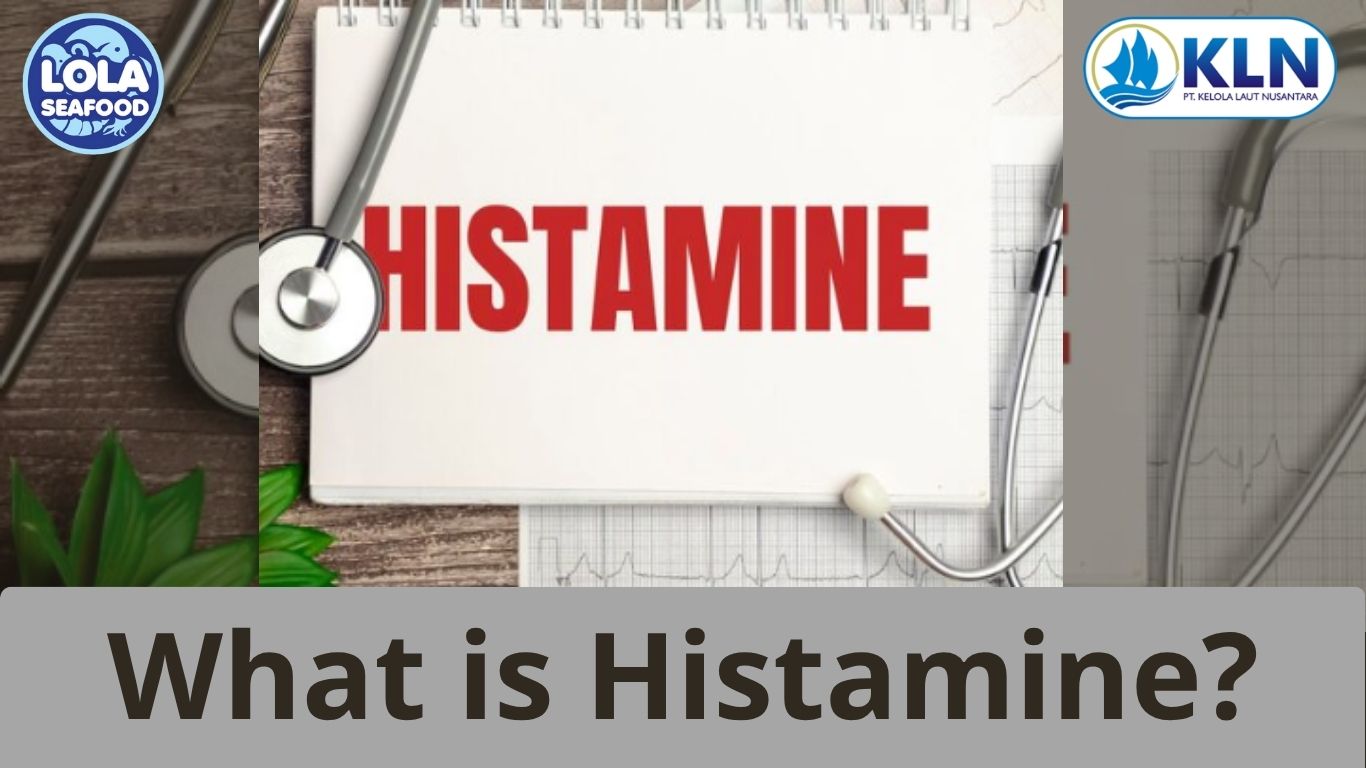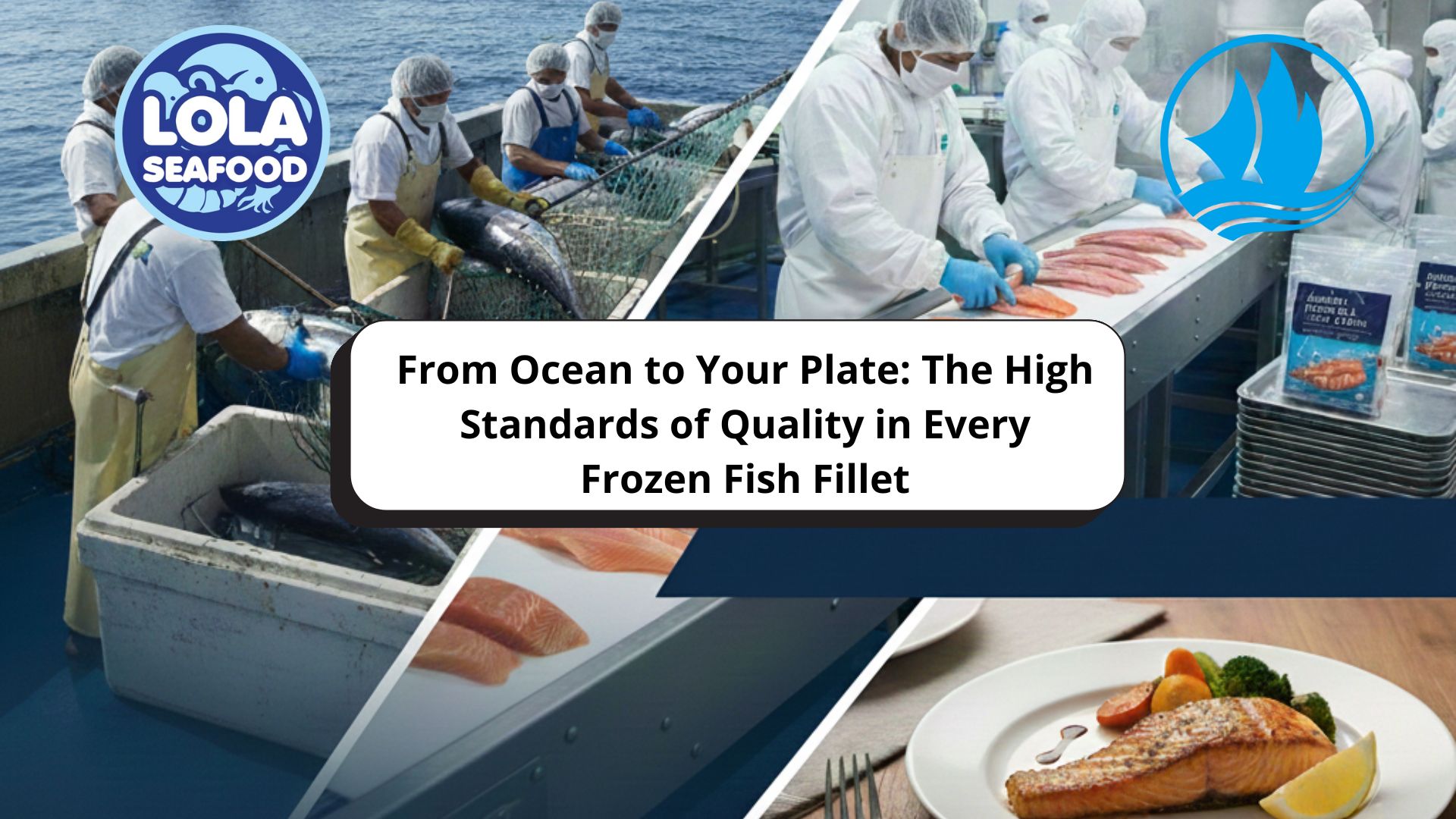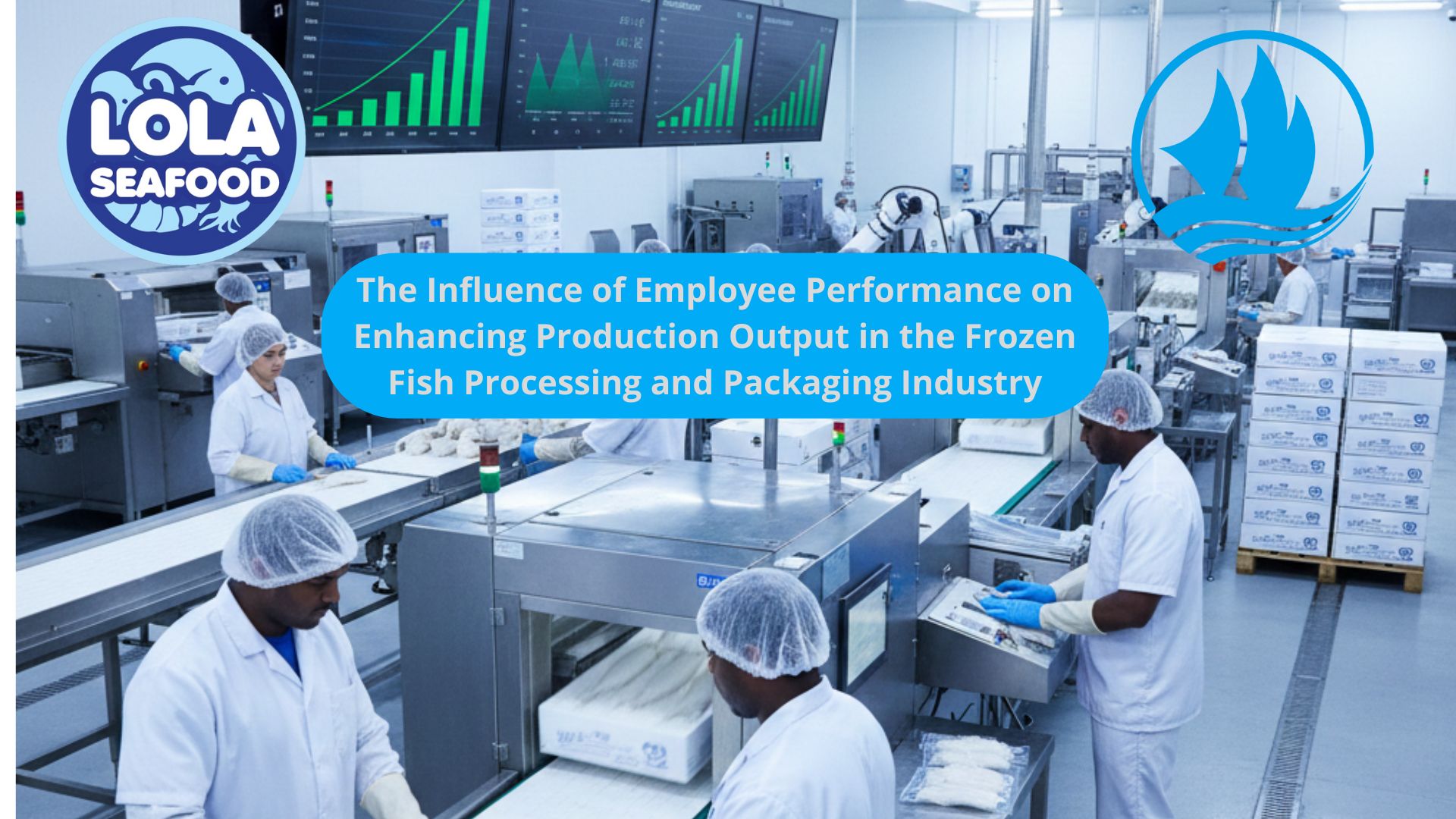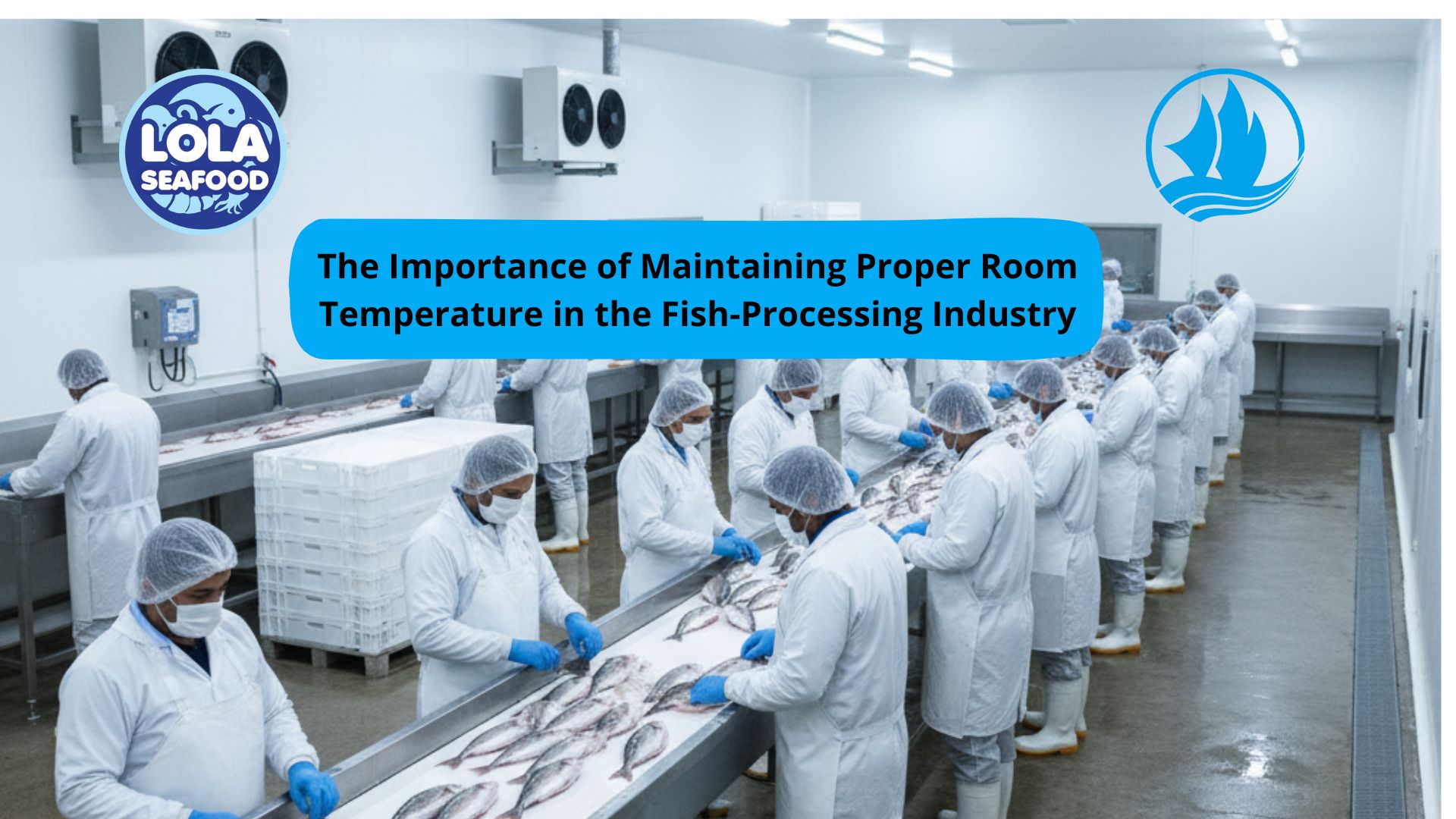What is Histamine?
By. Fajar - 30 Sep 2025
Kelolalaut.com Histamine is a biogenic amine – a natural compound formed when bacteria break down the amino acid histidine (abundant in fish). It acts as a chemical messenger in the human body, but in food it can be dangerous if consumed in high amounts.
How is Histamine Produced in Fish?
- Certain bacteria (e.g., Morganella morganii, Klebsiella, Hafnia, Enterobacter) convert histidine → histamine.
- Happens when fish are stored at unsafe temperatures after being caught.
- Common in scombroid fish (tuna, mackerel, sardine, anchovy) → condition often called scombroid poisoning.
Histamine Poisoning (Scombroid Poisoning)
Symptoms appear quickly (minutes to hours after eating contaminated fish):
- Flushing of skin, rash
- Headache, dizziness
- Burning/tingling in mouth
- Nausea, vomiting, diarrhea
- In severe cases: low blood pressure, breathing difficulties
Safe vs Dangerous Levels
- Safe: Below 50 mg/kg of fish flesh (generally harmless).
- Suspicious: 50–200 mg/kg.
- Toxic/Dangerous: Above 200 mg/kg → can cause poisoning.
(EU & FDA regulations usually set 100 mg/kg as the maximum acceptable limit in fish products.)
How to Prevent Histamine Formation
- Rapid chilling: Ice fish immediately after catch (≤4°C).
- Proper storage: Keep cold chain unbroken from catch to processing.
- Hygienic handling: Reduce bacterial contamination.
- Testing: Use rapid test kits or HPLC methods in fish processing industries.
Key Point: Histamine is not destroyed by cooking, smoking, or canning → prevention must happen before spoilage, not after.
1. Biological Reaction of Histamine in the Body
Histamine works by binding to specific receptors on cells → triggering different reactions depending on receptor type.
Histamine Receptor Reactions
- H1 receptor
- Location: Smooth muscle, endothelium, CNS.
- Reaction: Allergic symptoms → vasodilation, itching, swelling, bronchoconstriction (asthma-like symptoms).
- H2 receptor
- Location: Stomach lining, heart.
- Reaction: Increases gastric acid secretion, faster heart rate.
- H3 receptor
- Location: Nervous system.
- Reaction: Controls release of neurotransmitters (histamine, dopamine, norepinephrine).
- H4 receptor
- Location: Bone marrow, white blood cells.
- Reaction: Regulates inflammation & immune cell movement.
That’s why histamine is linked to allergies, stomach acid, inflammation, and even brain activity.
2. Chemical Reaction of Histamine Formation
- Histamine is produced from the amino acid histidine.
- Enzyme: Histidine decarboxylase.
- Reaction: The chemical reaction of histamine formation is the decarboxylation of the amino acid L-histidine, a one-step process catalyzed by the enzyme L-histidine decarboxylase (HDC). This reaction involves the removal of a carboxyl group (-COOH) from histidine, which is released as carbon dioxide
This reaction is what happens in bacteria-contaminated fish or inside the human body (mast cells & basophils).
3. Immune Reaction (Allergic Response)
- Allergen (e.g., pollen, food, fish toxin) triggers mast cells.
- Mast cells release histamine.
- Histamine binds to receptors → causes redness, itching, swelling, mucus, stomach upset, or even anaphylaxis.
- In food → histamine forms by bacterial action on histidine.
- In the body → histamine is released by immune cells, causing allergy & inflammation reactions.
Fish Species Most at Risk
Histamine is most common in dark-meat fish from the Scombridae and Scomberesocidae families:
- Tuna
- Mackerel
- Sardine
- Anchovy
- Bonito
- Herring
How Histamine Forms in Fish
- Catch → Fish not chilled immediately.
- Bacteria multiply (e.g., Morganella, Klebsiella, Enterobacter).
- Bacteria use the enzyme histidine decarboxylase.
- Histidine → Histamine builds up in flesh.
If youre interested in our Parrotfish Fillet Skin On and Parrotfish Fillet Skinless please do not hesitate to contact us through email and/or Whatsapp




.jpg)

.jpg)

.jpg)